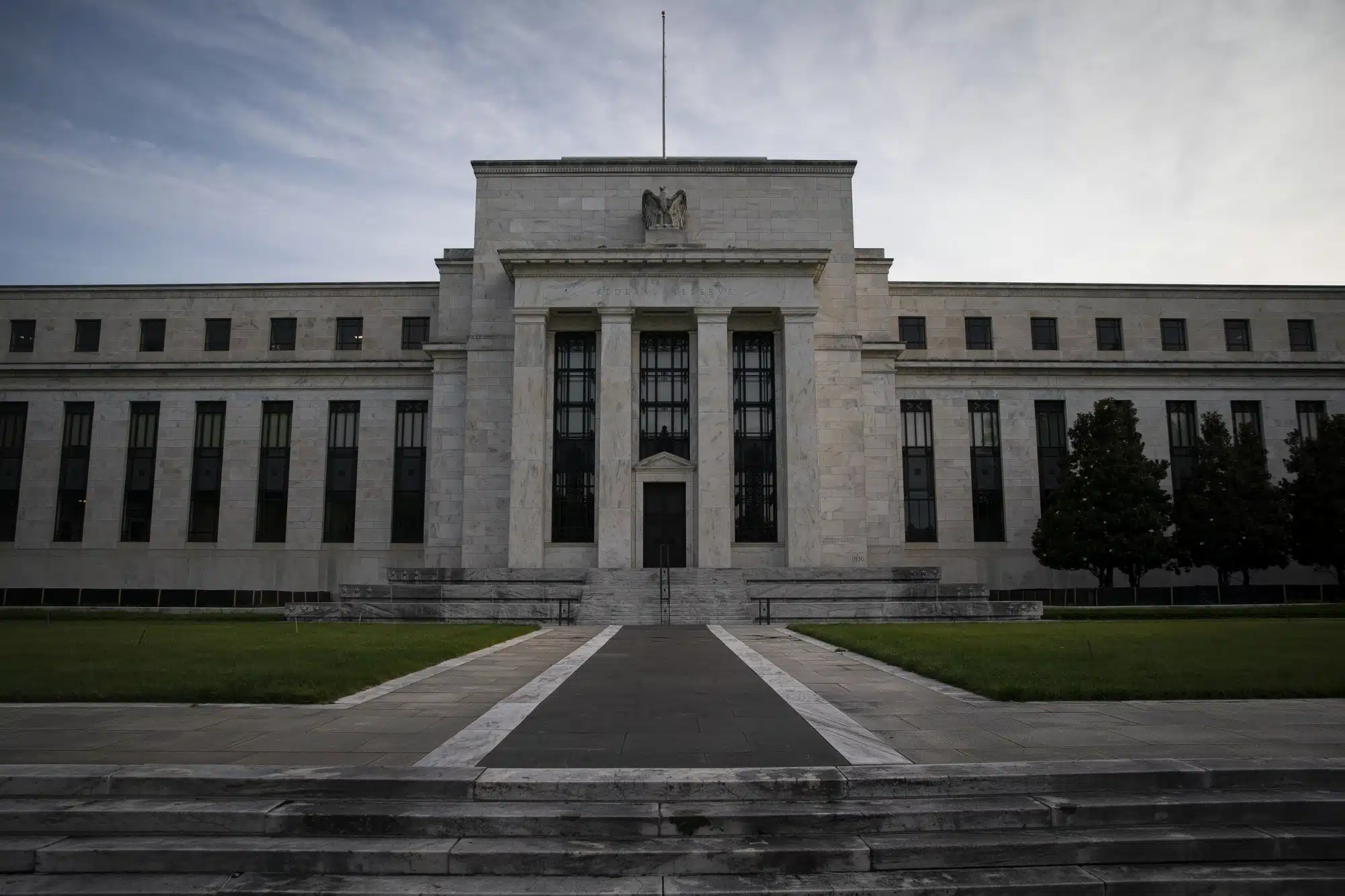The Federal Reserve announced on Wednesday that the financial support established for banks in response to the Silicon Valley Bank’s collapse, which posed a risk of triggering a broader economic crisis, will end in March as planned.
The Federal Reserve also increased the interest rate on fresh loans from the Bank Term Funding Program (BTFP) for the duration of its existence, effectively ending a widely sought-after and lucrative arbitrage opportunity for American lenders. Analysts believe that this move will discourage further borrowing.
Federal Reserve officials had indicated the program’s conclusion on March 11 as concerns in the financial sector diminished.
According to Michael Barr, the Fed’s vice chair for supervision, the BTFP was specifically created to address the urgent situation caused by SVB’s sudden collapse, which led to a panic in the banking sector. “It was created with the intention of addressing emergencies and ensuring that banks, creditors, and depositors have a clear understanding of the liquidity available to banks.”
Significant Increase in Rates on New Loans
The Fed introduced the BTFP during a period of intense deposit demand and other market pressures following the rapid failures of Silicon Valley Bank and Signature Bank (OTC:SBNY). In response to these exceptional and urgent circumstances, the central bank utilized its emergency lending authority, which requires approval from the Treasury secretary.
Although the Fed has stated its commitment to providing new loans until the program ends, it has recently announced an increase in the interest rate that banks will be required to pay for any new lending from the Fed, effective from Thursday.
The Federal Reserve announced that the interest rate for new loans will not be less than the interest rate on the reserve amount at the time of the loan. As a result, the interest rates for new loans have increased significantly by almost 50 basis points. On Tuesday, the BTFP loan rate stood at 4.93%, whereas reserve balances are currently yielding 5.40%.
Previous favorable conditions contributed to the program’s popularity, as its usage continued to increase steadily, even in the absence of any apparent market difficulties. According to data from the Federal Reserve, the amount of loans still unpaid as of January 17 was $161.5 billion. Over the past six weeks, the average weekly increase of approximately $5.6 billion is the largest it has been since early May.
However, this also implied that banks had the opportunity to borrow from the BTFP and then deposit the funds back at the Fed, thereby earning a higher interest rate from the central bank’s payment on reserve balances.
Steven Kelly, an expert from the Yale School of Management’s Program on Financial Stability, suggested that the Federal Reserve may have been dissatisfied with the ongoing BTFP activity. The Fed had been providing hedges to banks even when they were not required, which could have contributed to their unhappiness.
People’s Confidence in Future Programs May Decline
Although numerous individuals in the financial markets had anticipated the program’s conclusion, the unexpected adjustment in the borrowing rate, coupled with the timing of the decision during the central bank’s silent period before an upcoming monetary policy meeting, took observers by surprise. However, they comprehended the rationale behind the alteration.
Derek Tang, an analyst at forecasting firm LH Meyer, stated that the previous BTFP borrowing rate allowed banks to generate easy profits, which may need to be better received from a political standpoint.
Tang cautioned that adjustments similar to the one implemented by the Fed also carry drawbacks for future support initiatives. “Modifications of this nature, introduced after a program has been in effect for some time, are uncommon as they have the potential to erode people’s confidence in future programs.”
The Future Remains Uncertain
The upcoming release of Fed data, scheduled for February 1, is expected to reflect the program’s impact. The adjustment in the BTFP rate will likely halt the increase in borrowing and potentially even reduce it, considering the altered economic conditions.
“According to analysts at Wrightson ICAP (LON:NXGN), new borrowing is expected to decrease significantly, reaching close to zero starting from Thursday.” As the company states, a lower BTFP will indicate a more rapid decrease in the balance sheet of the Federal Reserve institution in the future. They mentioned that the credit extensions provided by the Fed are expected to expire at a faster rate in 2024 than previously expected.


